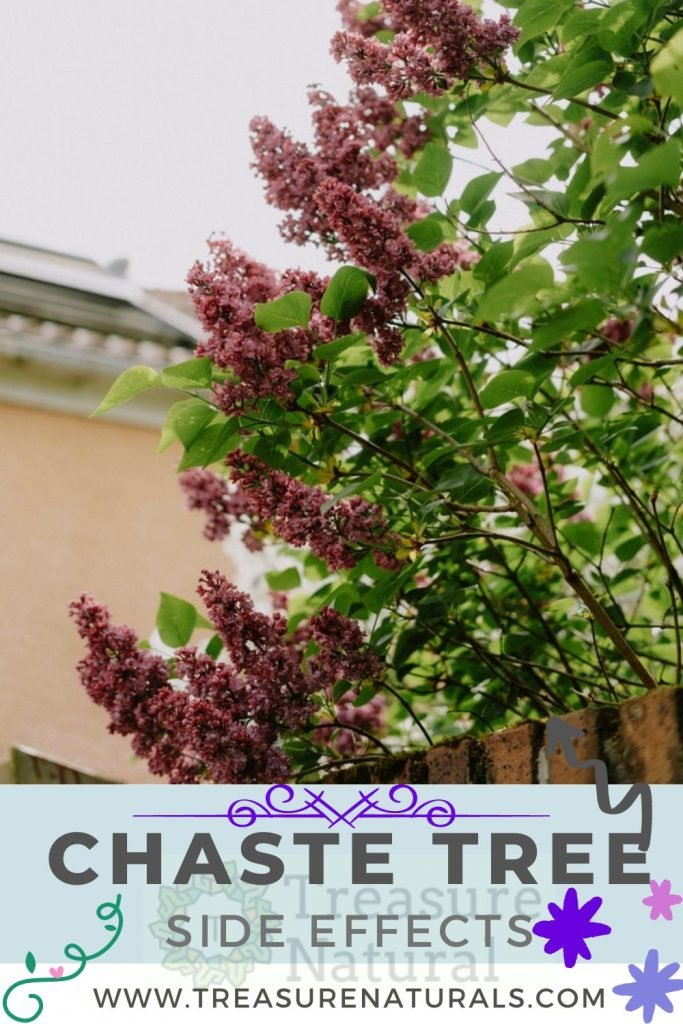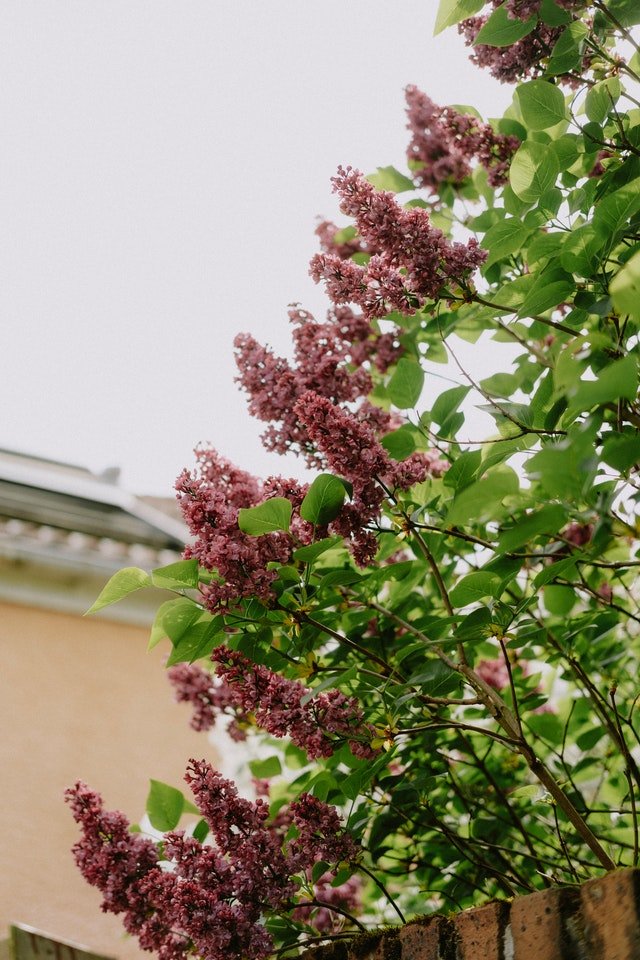
The chaste tree (Vitex agnus castus) is a plant that grows near rivers and streams, typical of the Mediterranean area and Central Asia. Belonging to the Verbenaceae family, in the past it was used to build palisades. From the anaphrodisiac action, today the chaste tree is useful for its antispasmodic and sedative properties. Let’s find out the characteristics and side effects of the chaste tree.
Chaste tree: characteristics and properties
The chaste tree is a small tree with quadrangular branches, deciduous and opposite leaves that smell similar to that of sage. The flowers are purplish-colored bells while the fruits are elongated reddish-black drupes containing seeds similar to black pepper.
It is precisely the fruits of the chaste tree, rich in substances, which give the plant the ability to act on the pituitary gland. In this way, the agnocastus has an anti-estrogenic and antispasmodic action, useful in case of acne and against premenstrual syndrome and menopausal disorders.
Agnocastus also has a sedative action which is used for the treatment of tachycardia, dizziness, intestinal spasms, insomnia and amenorrhea.
The side effects of Agnocasto

The chaste tree may have some mild side effects, which disappear easily after discontinuing the intake, such as:
- nausea,
- gastrointestinal disorders,
- urticaria,
- menstrual disorders.
Furthermore, given its hormone-stimulating action, the chaste tree is not recommended during pregnancy, lactation and prepubertal girls.






